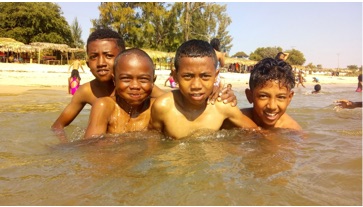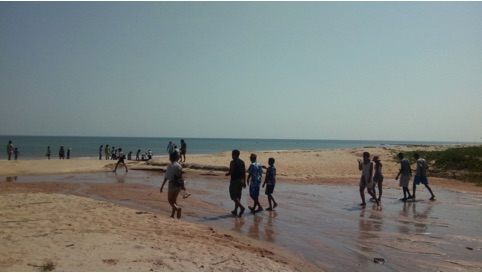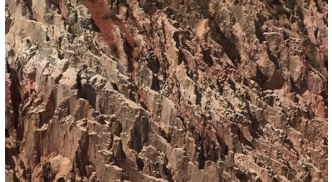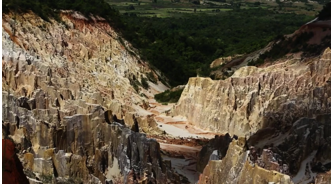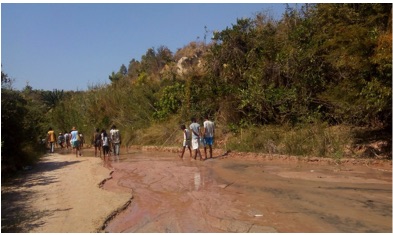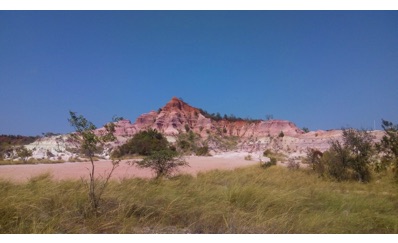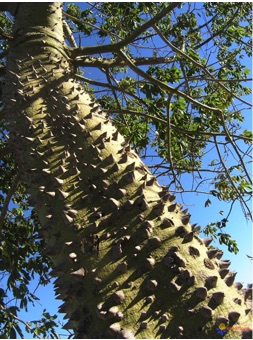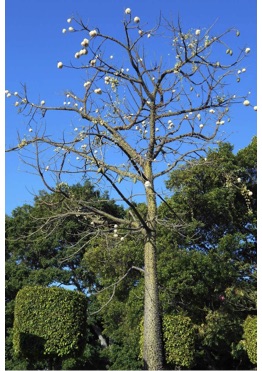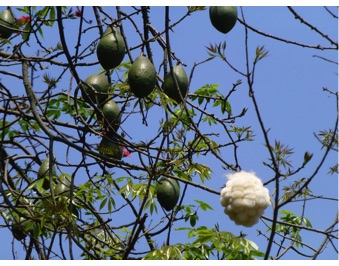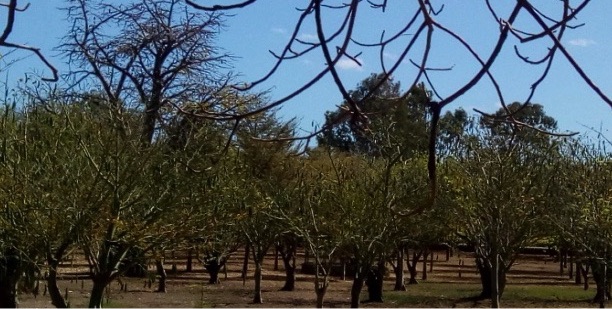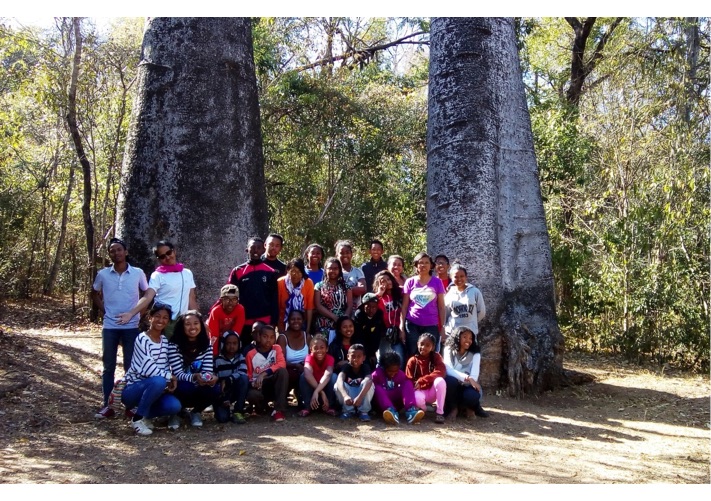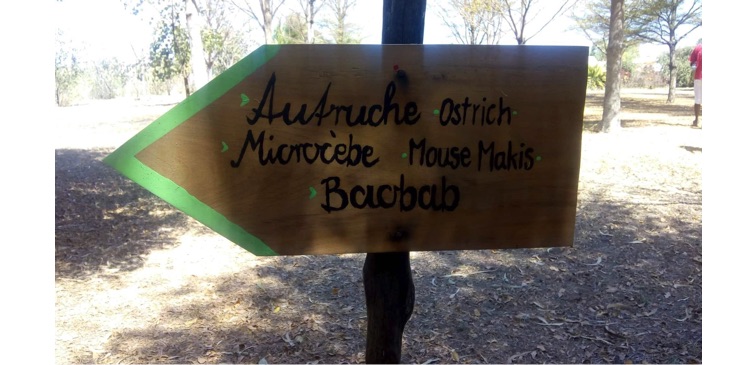On the road to Boeny
Mixed feelings between a new discovery and a sad observation
To the west
Madagascar has some beautiful and exceptional places to visit. The different regions have each their own distinctive features. Last year, we visited Ambila Lemaitso in the eastern region of Madagascar, which is a wetland area. This year, the choice for the field trip is Majunga, located on the west coast of the big island. Majunga is known for its dry tropical climate, dry vegetation, the famous baobabs, fauna, flora, as well as the very specific city structure
From Antanananarivo, on Friday, August 10, around five in the morning, we took the RN 4 to reach our destination. On the way, bush fires were widespread, plains and valleys burned and cluttered with smoke.
We then have a sad situation. The mountains at the bottom, black with smoke, are already reached by the bush fire
Miles of uncultivated land
The population is less dense in these small villages far from Central Antananarivo. These small roadside houses, as shown in the photo, are not for residential use, they serve as a shop to sell the crops to the passengers on the national road.
One hundred kilometres from the capital, the villages become of low density. Most of our children have never left the village of Ambohibe, next to crowded Antananarivo, they wondered why the houses are isolated and far from the main road. This is, according to the explanations of the Senior Educators, because of the lifestyle of the villagers who have set up rice fields between the valleys for rice cultivation.
On our itinerary, goats and sheep caught us crossing the road at any time, we also saw animals being carried on the roof of the taxi-brousse. 12% of the Malagasy population are Muslims and they live in the Boeny region.
The population - the climate
Here is a taxi-brousse coming from Majunga bush. The roof of the shuttle is overloaded with goods such as live goats, a bicycle, oil cans.
Despite the remoteness, basic infrastructure such as the police station, the public primary school (EPP) and the basic health centre (CSB 1) can be found in each municipality.
The population of the Boeny region uses clay, wood, straw or banana leaves to build infrastructure. The houses are known as "trano falafa" or straw hut, "trano bongo" or hut, "trano hazo" or wooden house and also "trano biriky" brick house.
Climate: the temperature rises as we approach Maevatanana
On August, during the winter, it rains less. All along the road, we notice how dry is every watercourse on our way. Thus, the discussion is launched between the children and the educators, on the consequences of bush fires seen earlier.
The tours
1. The beach
2. The Red Cirque
3. Ecoparc Reniala
4. Central Majunga
5. National Park of Ankarafantsika
1. The beach
Majunga is well known for its high temperature of 30 to 35 ° C and for the sea. Most of our children discover the sea for the first time in their life. The children attending this trip is between 10 to 18 years.
Exploring the sea, while practicing various activities like football, game on the beach is a boost of a team building. The kids were excited about learning to swim, they kept attention to the instructions of Mahery, our sport educator.
Mahery, Junior educator teaching to Richy 14 years the swimming movements .
2. The red cirque.
Second visit, Sunday, August 12 in the “Cirque Rouge”.
Historically, after an earthquake that happened centuries ago, several new elements was formed in the city of Majunga
Among these new elements that was formed, we notice a vestige of the sea level, spectacular as soon as you enter the area.
Among these traces of sea level is a large river, dry during our winter visit. On the photo, the river is dry, the small streams come together and then reach the sea few kilometers further.
The Red Cirque is one of the most beautiful geological formations in Majunga. Located on the seaside, it is a quaternary sedimentary formation renowned for its various clays and various colours. First geological filed trip taught in the fifth grade, the multitude of landscapes observed gives the opportunity to learn about the phenomenon of erosion.
The Red Cirque is mainly composed of sandstone and clay that are grinding down by the water: The erosion gives shape to landscapes.
A river in the heart of the red circus
Several springs lead to the Red Circus, giving rise to small rivers whose flow and power vary throughout the year.
- In the rainy season, the Red Circus is flooded and is not practicable in some places. The water in the stream carries the particles resulting from erosion.
- In the dry season, the flow and power of the river are much lower. The particles then settle to form sedimentary terraces visible in the photograph above.
3. Ecopark Reniala
Reniala, litterally the mother of the forest, is the malagasy word for Baobab.
Visit of the Reniala Ecopark, a few kilometers from Central Majunga, located in the RN4. A vast area planted with Kapokier is seen, at the entrance of the Reniala Eco-Park.
The kapokier provides the kapok, a fiber contained in the fruit that has the property to remain waterproof. This fiber was used to make lifejackets.
The fruit is an elliptical capsule, woody, 10 to 30 cm long. It reveals a whitish, cottony down called kapok and brown seeds. The wind drives off the kapok flakes with seeds.
This botanical and zoological refuge recreates a whole set of ecosystems where we can explore various representatives of Malagasy fauna in captivity: 4 species of lemurs (Eulémur and Propithecus), 4 species of turtles, boas, crocodiles, Ankoay in their large aviary... Three vast enclosures containing ostriches seen at the exit of the park. The site also hosts a wide variety of free ranging fauna: birds, chameleons, aquatic animals... The botanical reserve highlights endemic species, some of which are threatened, as well as their medicinal and economic uses: Pachypodiums, succulent plants such as kalanchoe, forest trees and savannas....
4. Ankarafantsika National park
We visited the Baobab circuit and the Retendrika circuit, which is part of the park's circuit of great floral diversity.
The Baobab circuit
There are eight endemic baobab species worldwide according to the explanation of Mr. Clairement, the park's official guide. One of these endemic species can be found in Australia, and the other seven in Madagascar.
Majunga
Discovering the Boina region
Field Trip August 2018
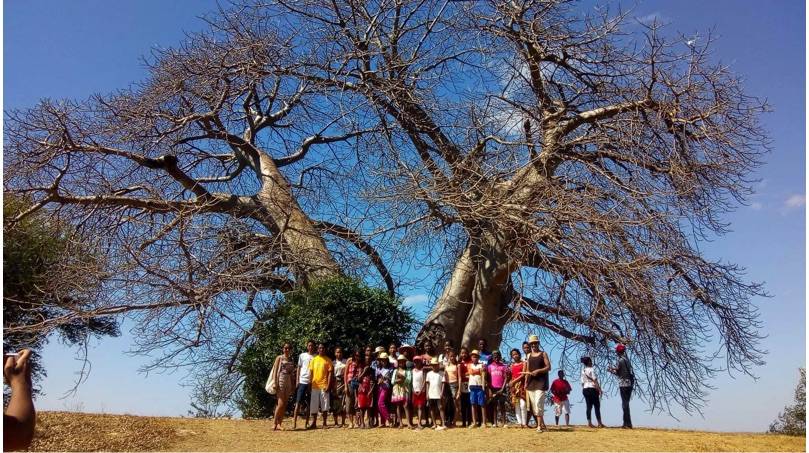
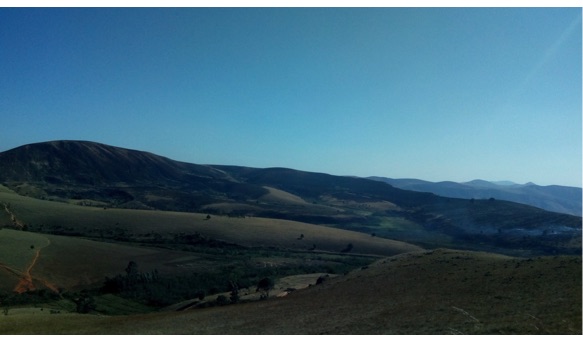
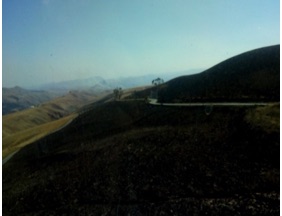
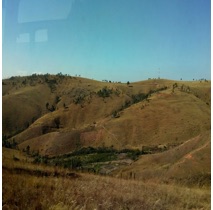
Burning culture or Tavy
